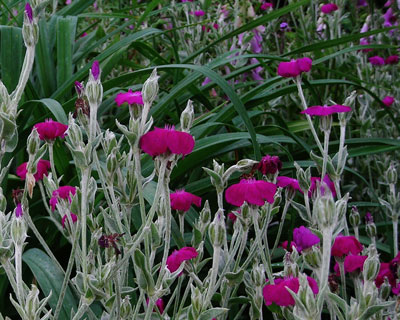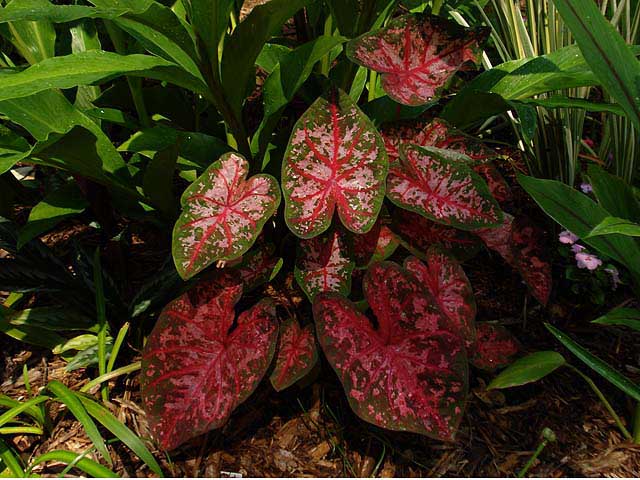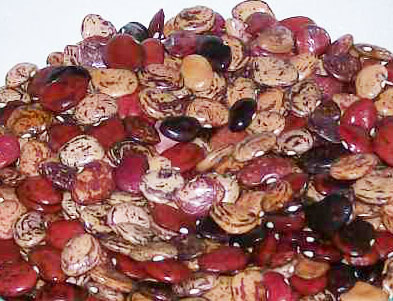Food genius,
Mark Bittman is not a lazy man. As the author of almost 15 books on food and cooking, host of a NY Times weekly web-based cooking show, and an avid blogger and occasional columnist it is no secret that Mark Bittman is a man who knows how to get things done both in and out of the kitchen.
 |
| from nytimes.com |
However, Chicken Pot Pie, that delicious, down-home, classic dish is something he is just too lazy to do. His solution?
Chicken Cobbler. And, whether you'll take the advice of Mr. Bittman and go with the cobbler, or stick to your great-grandmother pot pie recipe, there's no avoiding the fact that these dishes are a great way to take care of some long-forgotten frozen vegetables or (preferably) some delicious veggies straight from the garden.
 |
| photograph by Brandon McLeod |
Check out this video of Mark explaining his disdain for the laying out the dough for a pot pie and his solution of a quick biscuit topping.
If you're stuck on how to make the vegetable soup, check out this
recipe from
food4wibowo.blogspot.com based on Mr. Bittman's recipe.




























































